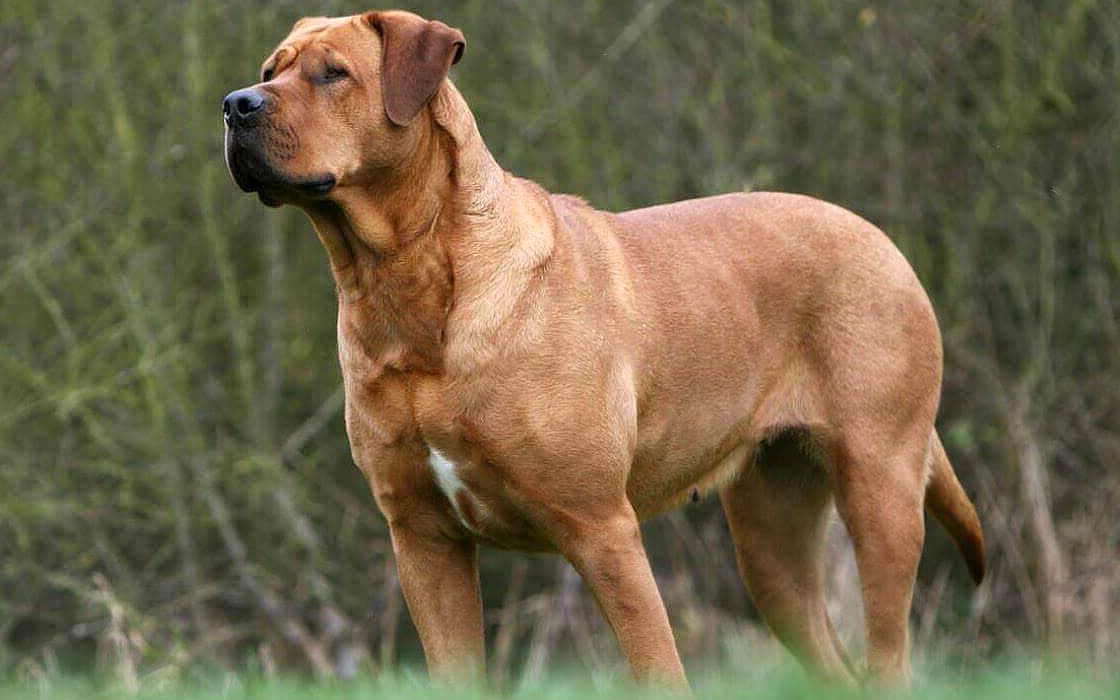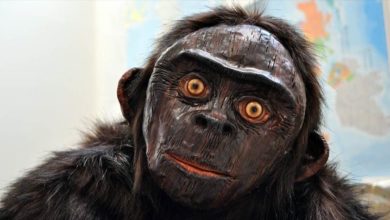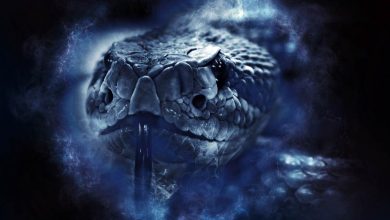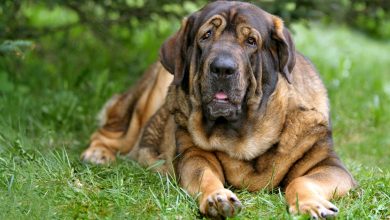Dog breeds – Tosa inu
Aggressive breed
The Japanese Mastiff, otherwise you can describe the Tosa Inu, is a dog with a very massive body, a wise look and a brave character. Due to the latter trait, he is considered a dangerous breed to the extent that in many countries it is forbidden by law to possess him. However, what is the truth about Japanese fighting dogs – one of the rarest in the world?
FCI classification
- Group 2 Pinscher and Schnauzer- Molossoid breeds – Swiss Mountain and Cattle Dogs
- Section 2.1 Molossoid breeds, Mastiff type
- Without working trial

History and origin of the breed
The breed was bred several hundred years ago in Japan – a country with a long history of dogfighting. The first mentions of this sport come from the 14th century, but today’s Tosa Inu was created between 1868 and 1912 by crossing the Japanese Shikoku-Inu breed from Kochi prefecture (formerly called Tosa) with Western breeds such as the Great Dane, English Mastiff, English Bulldog, St. Bernard and Bull Terrier. The goal of such crossbreeds was to create a strong dog with a strong fighting instinct.
Tosa was referred to as sumo wrestlers in the canine world. In the country of origin, the breed is considered a national treasure, and although dogfighting has been banned in Europe, North America and Japan, this interest is booming underground, mainly in the desolate rural regions of Japan.
Tosa bred for battle are lighter and smaller than the Western-type. To this day, the Japanese mastiff is the leader in domestic dog fights. Despite the fact that this sport has been officially banned, there is silent permission for illegal games.
Although the Tosa is a breed that is highly respected and desirable in Japan, even there it is rare, it has only recently been found in the USA, and in many other countries, it is prohibited to breed and possess it, as it is considered dangerous.

Characteristic
Appearance
The Japanese Tosa is half the size of the Western Tosa. Japanese individuals weigh 36-61 kg (80 – 135 lb), Western counterparts reach 60-90 kg (130 to 200 lb).
The coat is short and smooth, with shades of red, but can also be brindle, fawn, yellow, apricot, or black with tan. Occasionally there is a dull black fur, but this is a rather rare variety. Since the hair is short, it does not need too intensive care.
The silhouette is massive and stately, beginning with a large, broad head equipped with strong jaws and small, dark brown eyes. High on the head, we can see small and thin ears close to the cheeks. The neck is muscular, with a visible dewlap. The body ends with a tail that is thick at the base and tapers towards the tip. It reaches the ankle when it is resting. The paws are covered with thick pillows and dark claws.

Temperament
Tosa is a faithful, loyal dog, often reacting to one tone and timbre of voice, paying special attention to instructions. It is not a loud breed, as it was bred for the Japanese style of fighting, characterized by a quiet course. Has a natural need for protection, is brave, fearless. Due to a very strong personality, he needs a charismatic owner who can show “who’s in charge” without aggression and anger. A very important element of raising a Tosa Inu is socialization from an early age
Lack of proper training results in aggressive behavior that causes attacks on people. The dog cannot feel like the leader of the human herd, nor can it be deprived of daily physical and mental activity. It also requires very intensive training in obedience. He should be taught to walk on a leash by the leg and to enter the room after the owner.
Although Tosa is considered a dangerous dog, he can be a dog that lives well with other animals and even children, provided he has been properly raised. A properly formed Tosa will be a wonderful, loving protector and guardian of the family. Contrary to the stereotype, he has a very stable temperament, but it requires polishing. A low barking tone and large size are enough to ward off a potential intruder. However, not everyone will be treated as an enemy. If family friends are introduced to him, the dog will quickly accept them.
When you live with a Tosa, you become its herd in which the human is supposed to be alpha. The dog must know that it is not more important than the owner is – this is the basis that determines its proper position and attitude towards other people. It is also important that this breed does not have too many opportunities to confront foreign dogs. In such a situation, the Tosa can become aggressive, because it has a fighting instinct, and if there is a fight; Tosa would definitely win it… Like many other breeds, Japanese mastiffs also have a high pain threshold, which proves their origin and purpose.

Detailed data and dimensions (size)
Tosa inu
- Height at the withers:
- on average 55 – 60 cm (22 – 24 in)
- In the USA: 62 – 82 cm (24 – 32 in)
- Weight:
- In Japan 36 – 61 kg (80 – 135 lb)
- Weight in the USA:
- dogs: 54-77 kg (119 – 170 lb)
- females: 40-60 kg (88 – 132 lb)
- Lifespan: 10-12 years

Tosa – curiosities
- Possession and breeding of Tosa Inu are prohibited in 13 countries worldwide.
- The Australian Customs Service prohibits the import of the breed.
- Some insurance companies in the UK do not insure houses where a dog breed considered dangerous, including the Tosa Inu, lives.
- Tosa is one of 11 dog breeds banned by Dublin City Council in 2007.
- Within the breed, stomach torsion is relatively common.

Recommended
- The smartest dogs
- The tallest dogs
- The most aggressive dogs
- The oldest dogs
- Pets
- Dogs
- Cats
- Wild cats
- The fastest animals
- The fastest birds
- The largest eagles


















